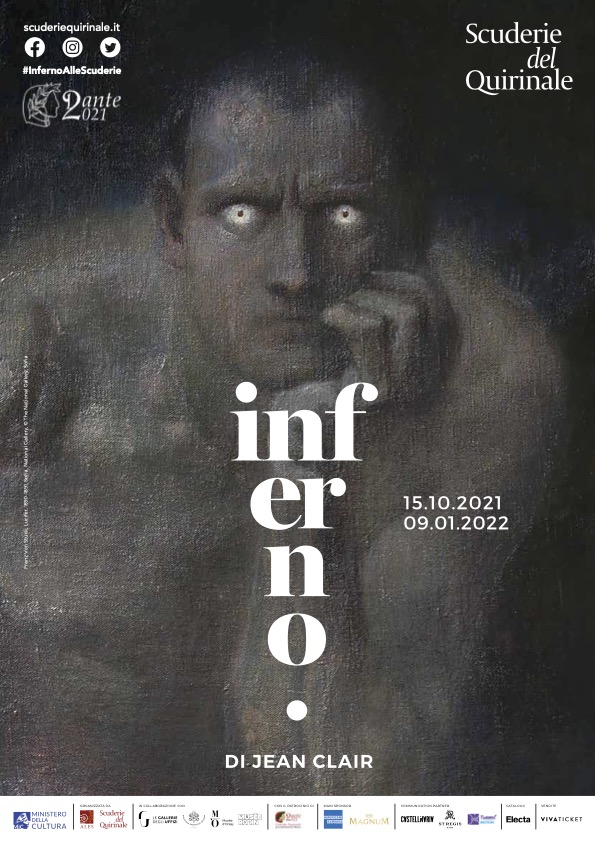The topography of Hell
Initially imagined as the common home of the shades of the dead, then as the place of justice in the afterlife, Hell is “unthinkable, unspeakable, unimaginable”. But human thought is irremediably anchored in space, and poets have never denied themselves the chance to imagine the hereafter as a “place”, with a geography, a topography and an architecture of its own.
The classical canons of the infernal places were established by mythology, both Greek (the Theogony, the Odyssey) and Roman (above all Virgil’s Aeneid). The realm of the shades is a dark underground place, crossed by four infernal rivers (Acheron, Styx, Phlegethon and Cocytus), with the city of Dis (the king of the underworld) at the centre, circled by red-hot high walls. It is inhabited by monstrous creatures – the dog Cerberus, various “proud hybrids” (Centaurs, Chimeras, Gorgons and Harpies), the horrid ferryman Charon, the Furies, and the Titans who writhe in the deepest abyss.
In his construction of the Inferno, Dante would make use of numerous themes and figures from the pagan underworld, though he gave them a rigorous architecture: the urban intellectual built an underground city that includes guarded entrances, roads, bridges, gates, castles surrounded by moats, and high walls.
As shown in Botticelli’s illustration, the inverted cone of Dante’s Hell is divided into nine descending circles, arranged in eight levels comparable to the steps of an amphitheatre, increasingly narrow towards the centre of the earth, in which the damned are arranged according to the gravity of their sins.
It comes as no surprise that Dante’s topography has tempted many scholars, from Manetti and Vellutello to Galileo Galilei, to verify its verisimilitude and to “map Malebolge” with the help of scientific measures and diagrams. Nowadays we can read these imaginary topographies and architectures as thought experiments for a rational construction of the Universe, as projections of the human psyche, as a branch of fantastic literature; or simply as an extraordinary repertory of metaphors, figures and images that have enriched the shared mental library of European poets and artists.



